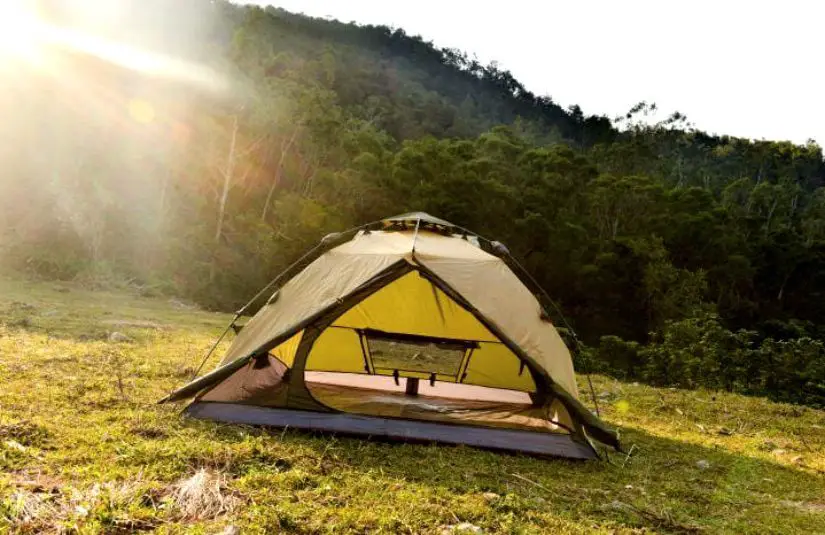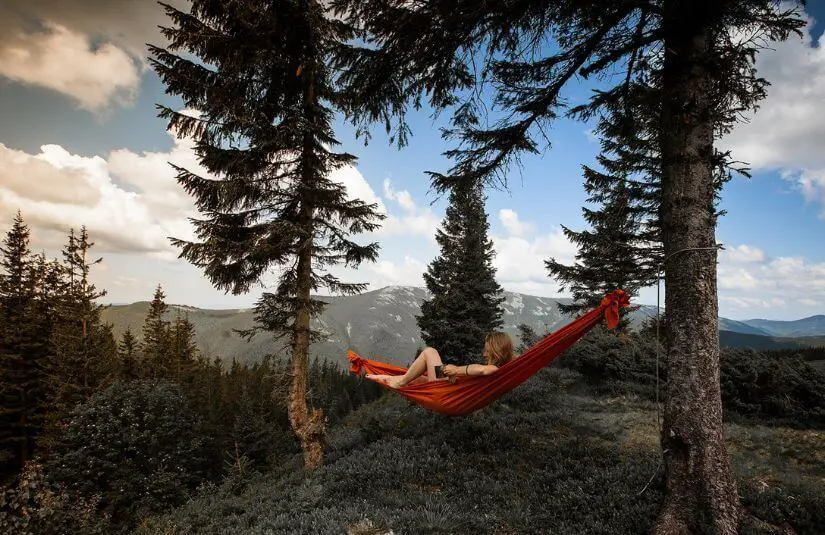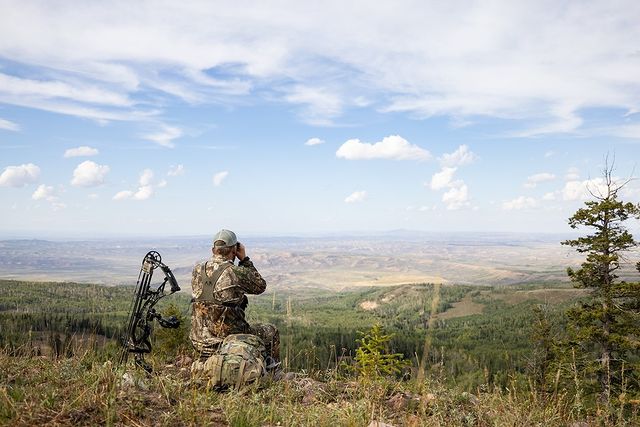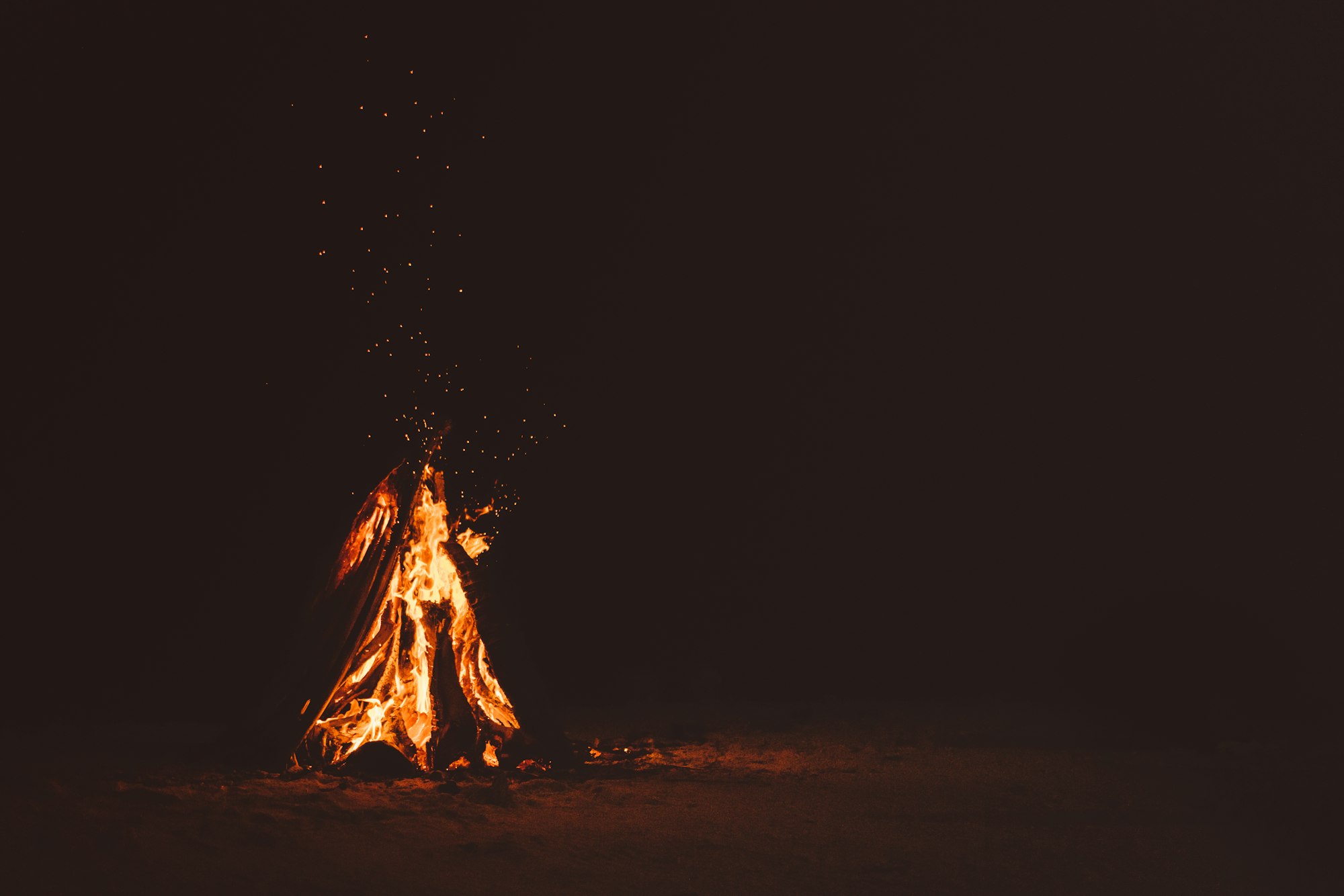Tent vs Hammock Camping: A Peek into the Great Camp School Debates
Hammocks were originally designed for sleeping in tropical climates but have since been adapted for use in a variety of settings. But how does it compare to a traditional tent for full-fledged camping? Find out in this blog.
So you’re thinking about camping but unsure about which type of camping is right for you?
Well, there are two main ways to do it – with a tent or a hammock. Both have their own set of pros and cons, so let’s explore them.
At the end of the day, it all comes down to what you want. Do you want to be able to stand up and move around on your campsite? Or would you rather relax in the comfort of a hammock? There is no wrong answer, but we hope this article will help you make an informed decision.
Click here to read our blog post on the pros and cons of hammock vs tent camping!
Tent Camping

Tent camping is the more traditional form of camping. You simply pitch a tent on the ground and sleep inside it. Tents have been around for centuries and have been used by people all over the world for a variety of purposes, from military campaigns to mountaineering expeditions to hunting trips. Today, tents are most commonly used for recreation, particularly camping, and festivals.
Benefits
Tent camping has a lot of benefits.
First of all, tents are very versatile. They come in all different sizes, so you can find one that's big enough for your whole family or small enough that you can carry it on your back.
Second, they also protect you from the elements. If it's raining or snowing, you'll stay dry inside your tent. And if it's cold outside, you can zip up your tent light a stove, and stay warm.
Third, tents can be very comfortable, especially if you invest in a good-quality tent. They also give you a sense of privacy and can be used to store your belongings while you're away from your campsite.
Finally, they are available in many sizes starting from a one-person tent for solo hikers to large tents that can accommodate the whole family.
Drawbacks
However, there are also some drawbacks to tent camping.
One downside of tent camping is that it can be a bit more work than hammock camping; you have to find level ground on which to set up your tent, and you may have to deal with rocks or roots poking through the bottom of your tent.
Tents can be expensive, particularly if you want a high-quality model. They're also bulky and can be difficult to transport, set up, and take down. Even though there are lightweight pop-up tents, they are not always ideal.
You're sleeping on the ground, which means that rocks and sticks might poke you in the middle of the night unless you use a proper sleeping mattress.
If it rains, the ground inside your tent will get wet and muddy. It is also difficult to pitch your tent on rocky or muddy grounds.
Additionally, budget tents don't offer much in the way of ventilation, which can make them hot and stuffy in warm weather.
Also, check out our article on the Best Ice Fishing Gloves
Hammock Camping

Hammock camping, often called hammocking, is a newer form of camping that has become popular in recent years. Hammocks were originally designed for sleeping in tropical climates but have since been adapted for use in a variety of settings, including backyards, parks, and even mountains.
Some brave-hearted thrill seekers often resort to adventure hammocking at extreme heights and they have been even popularized for winter camping trips!
Advantages
Hammock camping has a number of advantages over traditional tent camping.
First of all, sleeping in a hammock is more comfortable for a lot of campers. You don't have to worry about rocks or sticks poking you because you're off the ground. And if you set it up nicely with sleeping pads and underquilts, you won't get back to tent camping again!
And if it rains, you'll stay dry because you're not touching the ground at all, well only if you build a proper hammock setup, with camping tarps above the hammock. You can set up camp at any site you want, even on uneven or muddy grounds.
Another advantage of hammock camping is that it's easier to set up than tent camping. All you need are two trees (or you can bring in your hammock stand) and a hammock, and you're good to go. And when you're done camping, taking down your hammock is just as easy as putting it up was.
Hammocks are lighter weight and easier to transport than tents, even if you bring along hammock stands.
Hammocks also offer superior ventilation than tents, making them more comfortable in warm weather.
Also, check out our article on Hunters Essential Clothing
Drawbacks
However, there are also some disadvantages to hammock camping.
For one thing, hammocks don't provide any shelter from the elements unless you set them up with tarps above. But even then if it gets too windy, you'll likely get blown around.
Additionally, because hammocks are suspended off the ground, they're not ideal for storing your camping gear while you're away from your campsite.
Also, if you are not using a hammock with a bug net, it will be almost impossible to have a good night's sleep in the wilderness, no matter how many bug repellants you bring!
Finally, hammocks can be less private than tents, as they often leave you more exposed to the elements and to other people.
Take a look at the video, and know why hammocking can be a great option sometimes:
The Perfect Set Up
It might not be very difficult to set up a campsite, but sometimes even the smallest of items like a tarp or a bug net can make a lot of difference in the camping experience. While the perfect camping setup will vary from person to person, there are some essentials that should be at the top of everyone's list, no matter what type of camping you choose.
First, a good sleeping bag is a must. Choose one that is rated for the temperature range you'll be camping in, and make sure it has plenty of insulation to keep you warm at night.
Second, bring a sleeping pad or an air mattress for a comfortable night's sleep. Also, pack some extra blankets and pillows. These will come in handy if the weather turns cold or if your sleeping bag isn't as comfortable as you'd like it to be.
Third, don't forget a flashlight or headlamp, as well as extra batteries. You'll need this for getting around camp at night and for finding your way back to your tent if you wander off during the day. Also, pack your multitool set if you don't want to carry a lot of separate camping gear.
Fourth, bring a first-aid kit in case of any minor injuries. And fifth, make sure you have a map of the area you'll be camping in, as well as a compass, so you can find your way if you get lost.
Finally, don't forget to pack a few snacks and drinks to enjoy while you relax in your hammock. With these items, you'll be sure to have a perfect hammock camping experience.
And don't forget to have the best set of clothes for your camping trip!
Now that you have the basics down, it's time to start planning your next hammock camping trip!
Conclusion
As you can see, tents and hammocks both have advantages and disadvantages for camping. Ultimately, the decision of which type of camping is right for you will come down to personal preferences and needs.
If you like the idea of being closer to nature and having more ventilation on hot days, then hammock camping might be right for you. However, if you need more protection from the elements or want a place to store your belongings while away from your campsite, then tent camping might be a better option.
Whichever type of camping you choose, no matter if it is a tent or hammock, we hope you have a great time!
Check out some of our articles related to tent and hammock camping:
If you are a hunter some articles that are sure to pique your interest are:
Also, check out some of our other articles:





